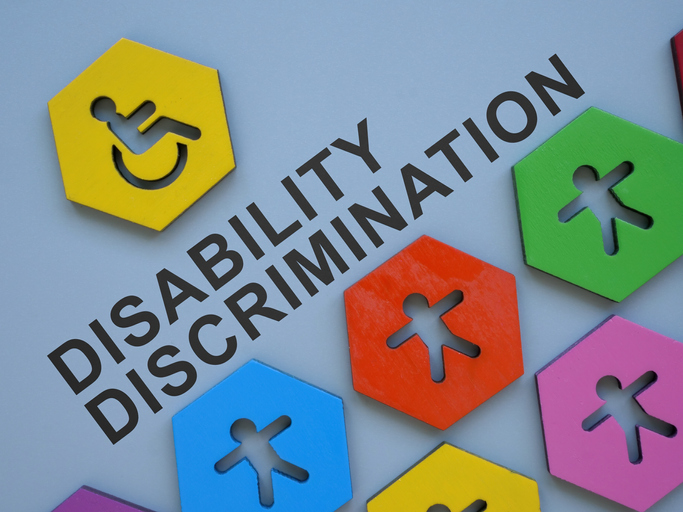Living with Chronic Pain
What Is Disability Discrimination?

What is discrimination?
Discrimination occurs when a person, entity or system treats others unfairly and with prejudice. This may be due to a learned behavior that is observed in peers, caretakers, family, or systematic discrimination. For example, growing up in a household where guardians comment that people belonging to a certain culture are lazy will likely impact thoughts and feelings about people with that heritage. In turn, these thoughts and feelings will influence the child’s behavior toward this group of people as they grow into adulthood. A person may hear their friends or coworkers talking negatively about transgender people and adopt this line of thought into their own belief system. A man may observe other men disrespecting women and subconsciously do the same.
Disability discrimination
Disabled individuals typically deal with discrimination on a regular basis. This can range from big, such as refusing to hire someone because of their disability, to small, such as a waiter telling a customer to be seated outside because of their service dog. However, even small instances of discrimination can have a significant impact on individuals.
The big and small discrimination
Small instances of discrimination, also called “microaggressions,” are less noticeable and include comments, acts, and structural systems in place that harm, invalidate and stereotype people who belong to marginalized groups. These are often unintentional, and sometimes intended to be friendly, such as someone saying “Well, you don’t look autistic!” The speaker may intend to compliment the person, while actually insinuating that autistic people “look” a certain way or that others should not want to look autistic. These discriminatory comments can cause stress that may lead to various health issues.
Bigger instances of discrimination are usually very obvious. This can include paying a disabled person less money than their able counterpart, refusing to lease an apartment to someone who has a service dog, not allowing a person to vote because their polling location is not wheelchair-accessible, etc. However, these “bigger” examples of discrimination may not be noticeable to someone who is not a part of the disability community. For instance, a desk job requiring a person to lift up to 30 pounds might appear innocuous to most, but for someone with muscular dystrophy, it may be an unnecessary requirement for a job that will require minimal or no lifting. It may also be a tactic used to eliminate physically disabled applicants.
How to avoid discrimination
The best way to avoid disability discrimination is to actively work against it. Fighting discrimination for those who are disabled includes, but is not limited to, the following:
- Get educated by researching what is considered discriminatory toward disabled people
- Don’t participate in discriminatory acts
- Report discrimination when witnessing
- Don’t talk over disabled individuals
- Ask disabled individuals what they need
- Hire disabled people
- Require sensitivity training for employees
If disability discrimination has occurred, it may be helpful to report the situation. Seeking support from friends, family, community, and mental health professionals is important for those who have experienced discrimination.
Additional sources: American Civil Liberties Union, Ada.gov, Medical News Today, and U.S. Equal Employment Opportunity Commission


















